Clouds can make any scenery come alive. But have you ever wondered about the types of clouds? In this article, we will see what are the different types of clouds classified on the basis of altitude. A cloud is an accumulation of water droplets or ice crystals. Not all clouds bring precipitation. Some indicate weather and help in forecasting.
Types of clouds
- High-level clouds (5-15 km)
- Mid-level clouds (2-7 km)
- Low-level clouds (0-2 km)
- Vertical clouds
High-level clouds
Cirrus clouds
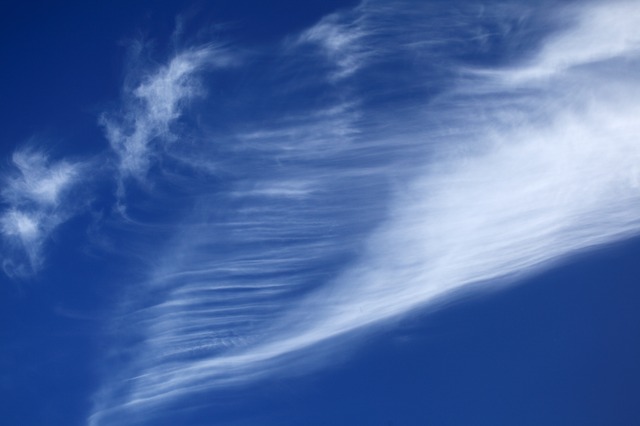
These are thin hair-like clouds completely made of ice crystals. Cirrus clouds are also known as ‘mare’s tail’ because of their appearance. These clouds indicate fair weather.
Altitude: 5 to 14 kilometers.
Cirrocumulus clouds
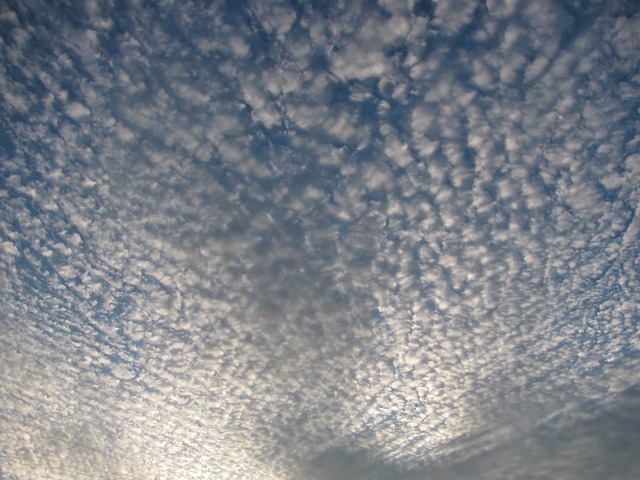
These clouds have a patchy appearance. A sky with cirrocumulus clouds is known as a Mackerel sky. The rippling pattern of these clouds looks like fish scales, hence the name Mackerel (Mackerel is a common name for pelagic fish). Cirrocumulus clouds are mainly made of ice crystals. However, there is often a small amount of supercooled water also present in these clouds.
Altitude: 5 to 15 kilometers.
Cirrostratus clouds

Cirrostratus clouds look like transparent thin sheets and are found at an altitude ranging from 6 to 13 kilometers. They are completely made of ice crystals. A halo is formed when the sun shines through these clouds.
Mid-level clouds
Altocumulus clouds
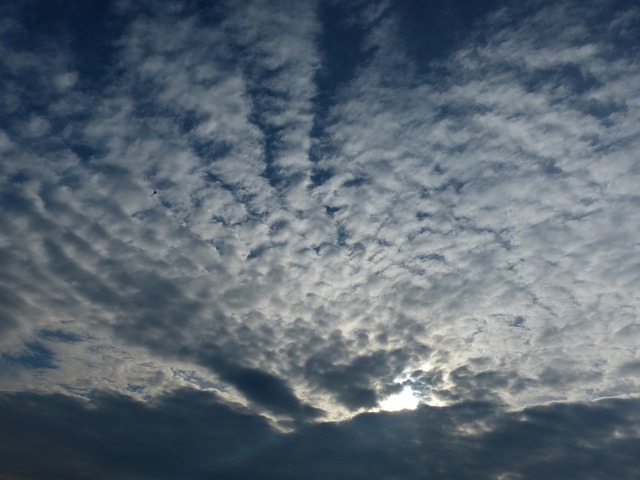
Altocumulus are wool-like clouds. They have a globular shape and form a Mackerel sky just like cirrocumulus clouds. However, altocumulus clouds are darker and larger than cirrocumulus clouds.
Altitude: 2 to 7 kilometers.
Altostratus clouds

These are sheet-like clouds through which a faint sun can be seen depending on the transparency. The thicker the cloud, the lesser the transparency. Altostratus clouds are grey or bluish-green in colour. Altostratus clouds are thicker and darker than cirrostratus clouds.
Altitude: 2 to 7 kilometers.
Low-level clouds
Stratocumulus clouds

These are bumpy, globular clouds with waves more pronounced than in altocumulus clouds. They can bring light rain or snow.
Altitude: 0.5 to 2 kilometers.
Stratus clouds
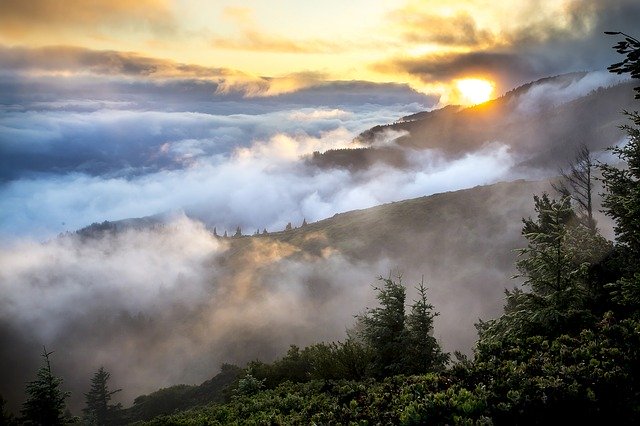
These are low-lying clouds generally having a dark gray to white colour. Fog at ground level is basically a stratus cloud.
Altitude: 0 to 2 kilometers.
Nimbostratus clouds
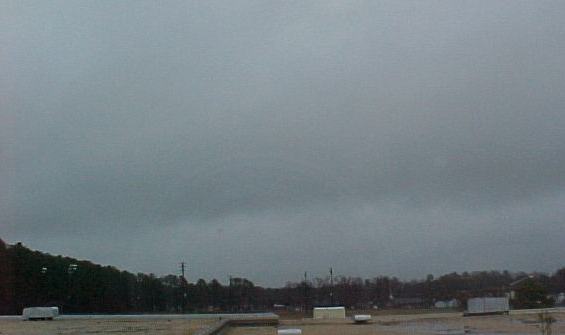
These are dark clouds that bring continuous rain or snow. Nimbostratus clouds have multiple layers and are found at a maximum height of 6-8 kilometers from the surface.
Vertical clouds
Cumulus clouds
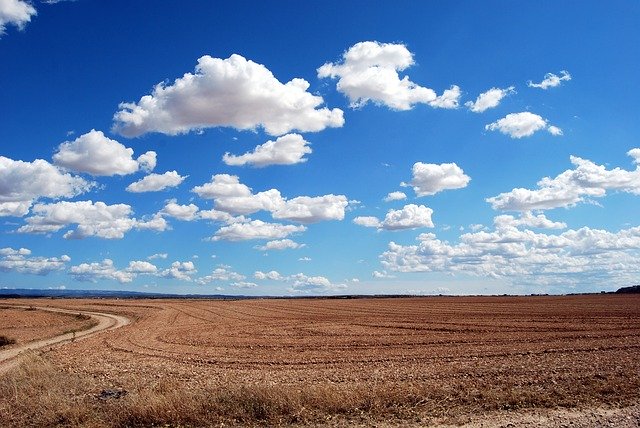
These fair-weather clouds have a fluffy cotton-like appearance. Cumulus clouds have a flat horizontal base and they generally do not have a great vertical height.
Cumulonimbus clouds

These are cumulus clouds with great vertical height. Often referred to as thunder clouds these clouds bring heavy rain that lasts for less than an hour.
Virga precipitation
Virga precipitation refers to the rain or snow that evaporates or sublimates before reaching the ground. Many high-level clouds such as cirrocumulus produce virga precipitation.
This is the end of the article
Quick question
What is the position of Mars from the sun?
Read more
- How is rainfall measured? | What does 1 mm rainfall mean?
- Precipitation types | Rain, Snow, Hail, etc.
- Types of rainfall | Convectional, Orographic, Cyclonic
Answer to quick question
Mars is the fourth planet from the Sun. To add, the position of all planets is as follows–
- Mercury
- Venus
- Earth
- Mars
- Jupiter
- Saturn
- Uranus
- Neptune